Listen to Episode 74 on PodBean, Spotify, YouTube, or anywhere you find pocasts!
Today, it’s famous for the incredible diversity of the Andes Mountains and the Amazon rainforest, and its fossil record is full of unique ecosystems unlike any we see today, thanks to tens of millions of years of evolution in isolation; in this episode, we tackle South America.
In the news:
A new ancient ape had a unique locomotion style.
New pliosaur is the first of its kind from Jurassic Poland.
Colorado site reveals a post-mass-extinction world.
This might be the oldest-known carnivorous dinosaur.
South America
Today, South America is the fourth largest continent and hosts diverse geography including arid coastal plains, the expansive Andes Mountains, the longest mountain range in the world at 8,850 kilometers (5,500 miles) and with a high peak in Aconcagua at 6,962 meters (22,841 feet); and the sprawling river basins of the Orinoco, the Paraquay/Paraná, and the famous Amazon.
The Amazon is the largest river basin and system in the world, occupying about 38% of South America’s surface area, totaling 6.9 million square km (2.67 million square miles), and accounting for about 1/5 of the world’s flowing surface water, discharging more water than the next six largest rivers combined, and emptying roughly 209,000 cubic meters (7,381,000 cubic feet) of freshwater into the Atlantic Ocean. At a length of over 6,437 km (4,000-mile) long, the Amazon is only slightly shorter than the Nile river in Africa. The Amazon Rainforest is directly fed by the Amazon River, and it’s the largest and probably the oldest forest area in the world, making up about half of the rainforest of the entire planet and covering an area of about 6,000,000 square km (2,300,000 square miles).
Today this massive area is being diminished by human cause deforestation.
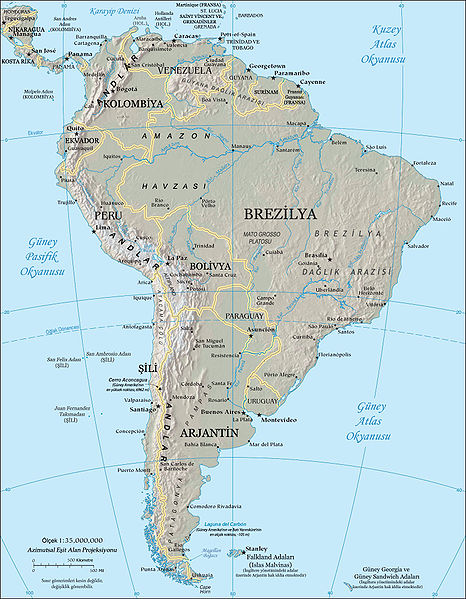
With its variety of landscapes, South America is a hub of biodiversity. The Amazon River is home to nearly 2,200 species of fish, as well as many unusual animals like the largest species of river dolphin. The Amazon rainforest can have as many as 100 different tree species on a single acre of forest, and thousands of vertebrate species have been discovered there, as well as millions of invertebrate species. The continent is home to the heaviest snakes in the world (the green anaconda) and has the highest density of crocodilian species of any continent. It’s also the only place in the world outside of Australia where you can find a diversity of marsupials, mostly opossums.
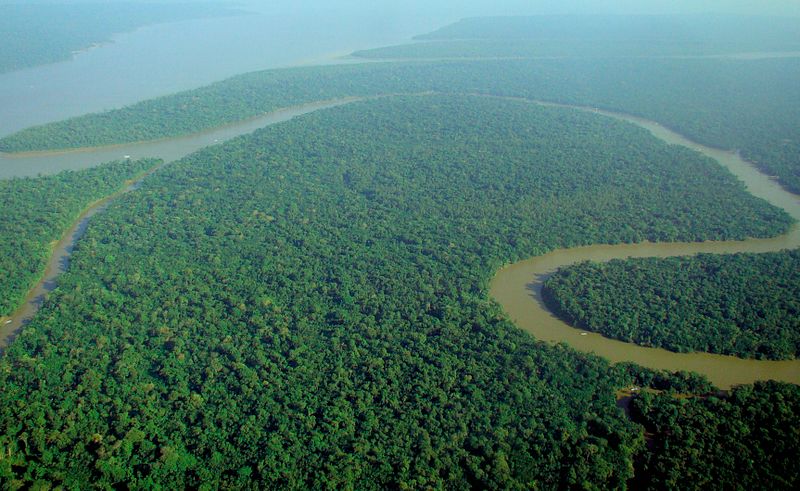
Early Eons
Billions of years ago, the five cratons (crustal cores) that make up South America – Amazonia, São Francisco, Luis Alves, Alto Paraguay, and Río de la Plata – formed and ultimately became accreted together into the familar continent. During the Paleozoic Era, South America was part of the supercontinent Gondwana before joining the even larger and more famous supercontinent Pangaea. As part of Pangea South America was connected to North America, Africa, and Antarctica.
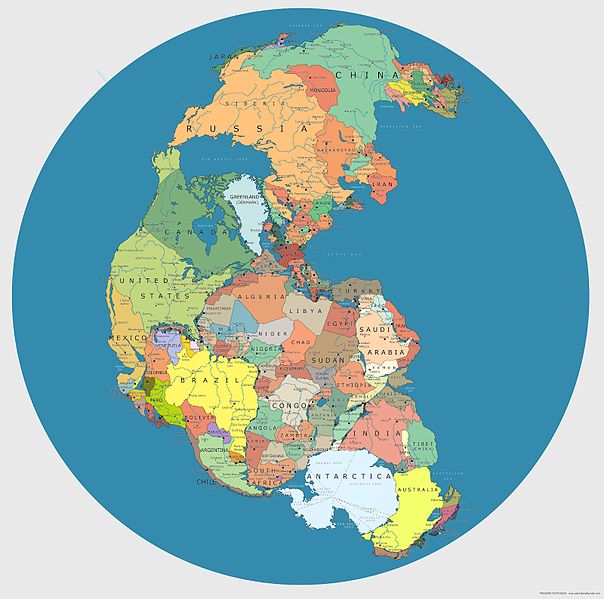
Massimo Pietrobon from Wikimedia Commons.
As Pangaea broke apart in the Mesozoic Era, South America gradually disconnected from Africa and North America, and then finally in the Cenozoic it split apart from Antarctica, finally severing its last connection to other continents.
Fossils of South America
South America spent much of the late Mesozoic Era and nearly all of the Cenozoic Era in a state of increasing isolation from other continents. It was thus home to a unique and surprising assortment of ancient life.
During the Mesozoic, the continent was home to a number of notable dinosaur species.

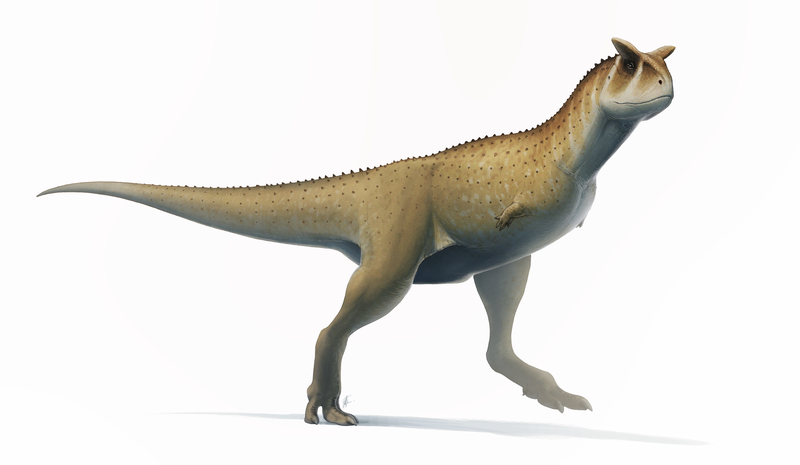
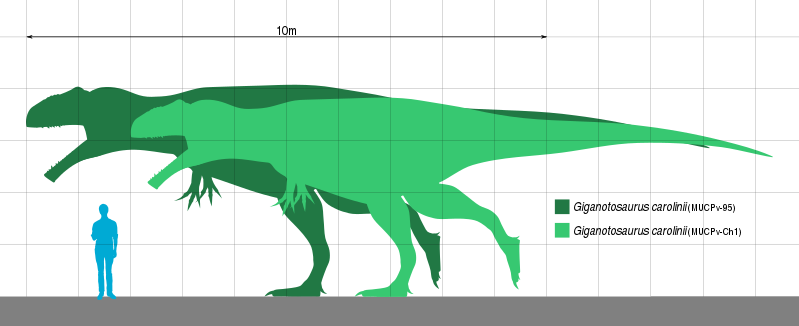
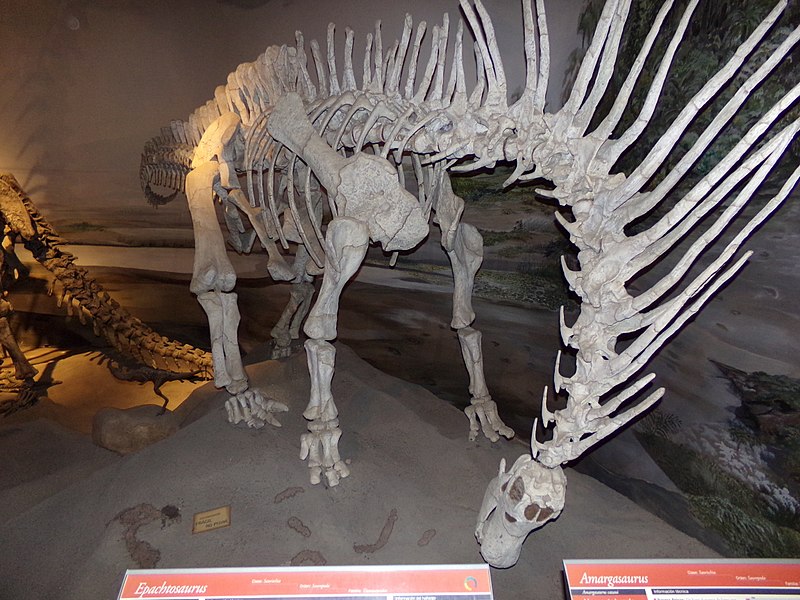

As the Cenozoic Era began, new strange forms appeared, including predators such as the famous Terror birds (Phorusrhacids), terrestrial crocodyliforms (Sebecosuchians), and the largest snake (Titanoboa) and caiman (Purussaurus) to ever live, as well as a number of unique mammal groups such as the monotreme Monotrematum sudamericanum and the Gondwanatheres.
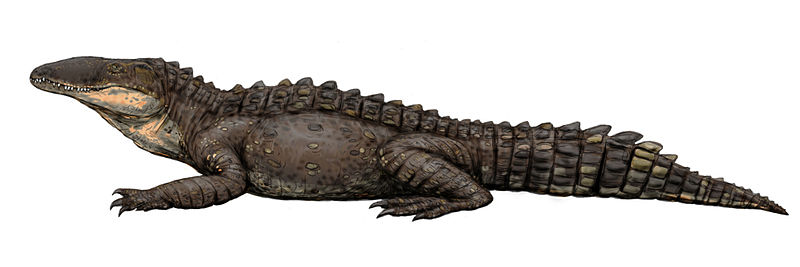
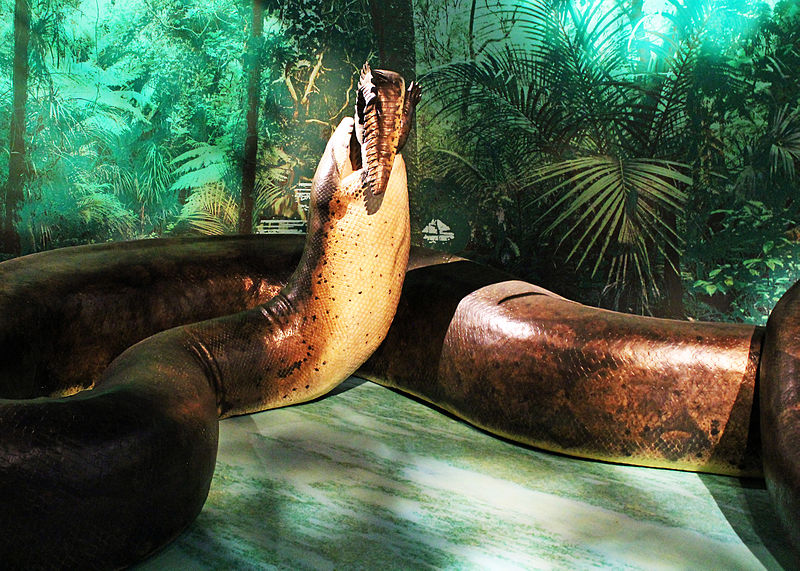
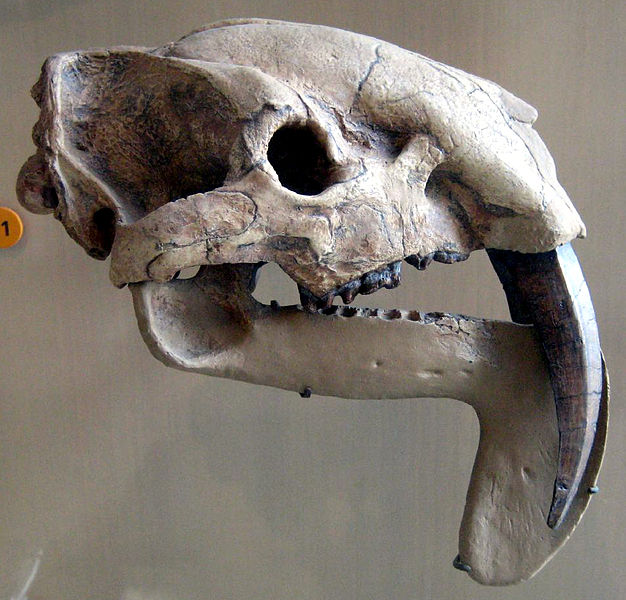


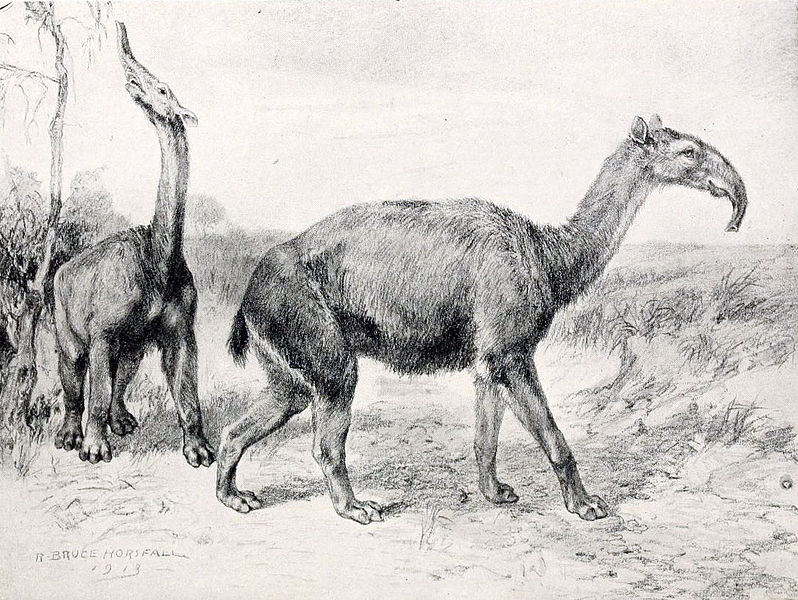

While these strange animals evolved on the continents, others rafted over from elsewhere, including primates and caviomorph rodents who made their way from Africa across the Atlantic Ocean.
South America’s isolation was brought to a close starting around 10 million years ago as a new land connection – the Isthmus of Panama – linked it to North America. This sparked the famous Great American Biotic Interchange (GABI), resulting in the exchange of lots of plants and animals between the Americas, and leading to the extinction of many of those amazing ancient South American critters.
—
If you enjoyed this topic and want more like it, check out these related episodes:
- Episode 43 – The Great American Biotic Interchange (GABI)
- Episode 24 – Sloths
- Episode 96 – Marsupials
We also invite you to follow us on Twitter, Facebook, or Instagram, buy merch at our Zazzle store, join our Discord server, or consider supporting us with a one-time PayPal donation or on Patreon to get bonus recordings and other goodies!
Please feel free to contact us with comments, questions, or topic suggestions, and to rate and review us on iTunes!